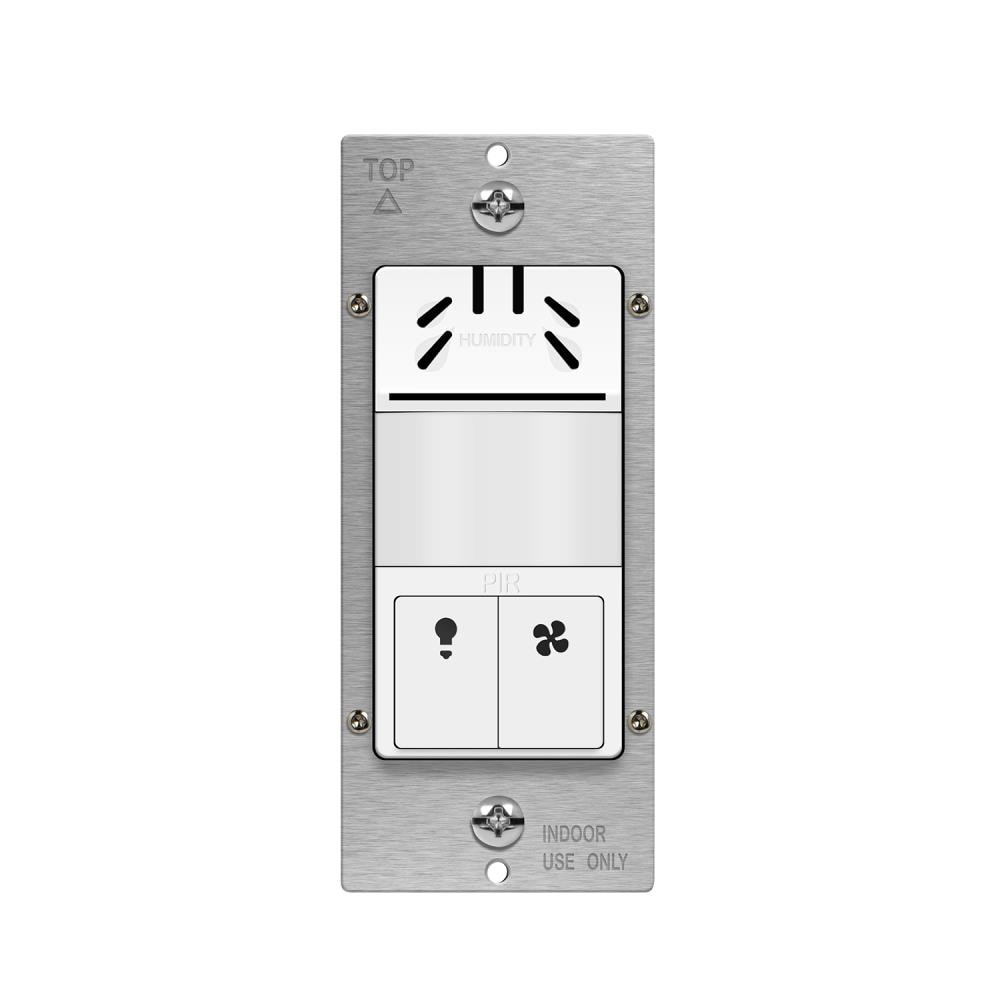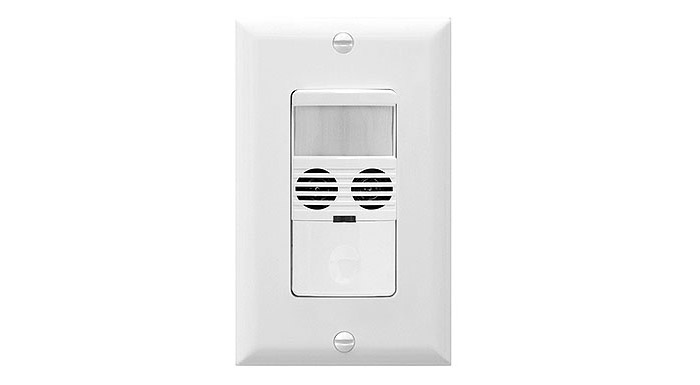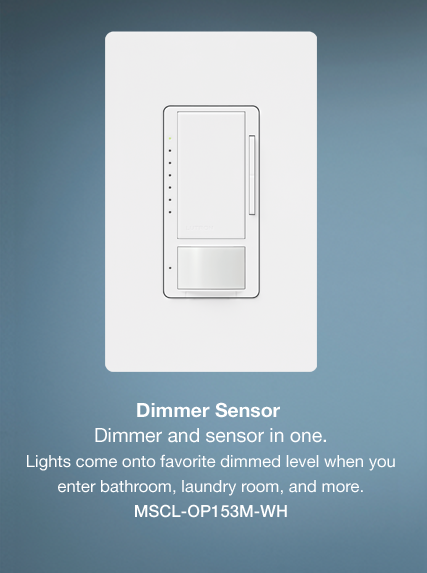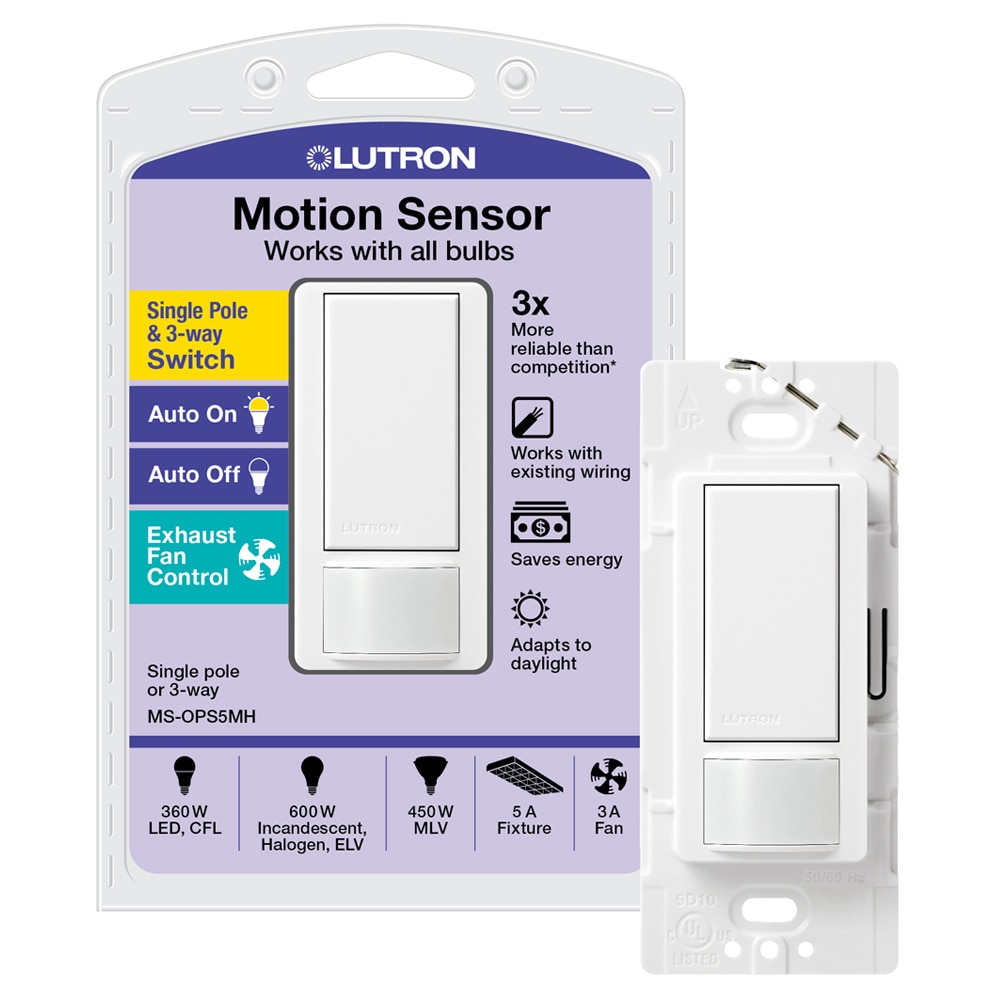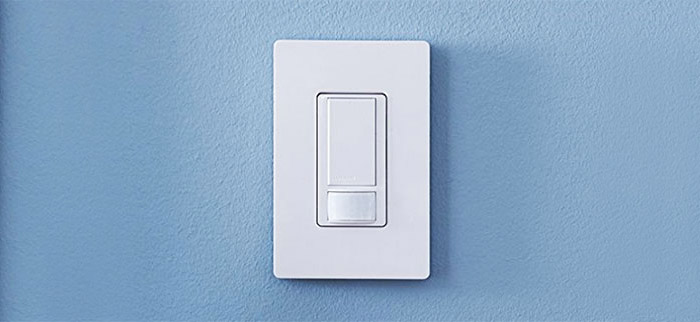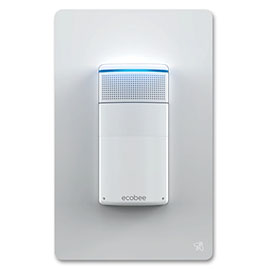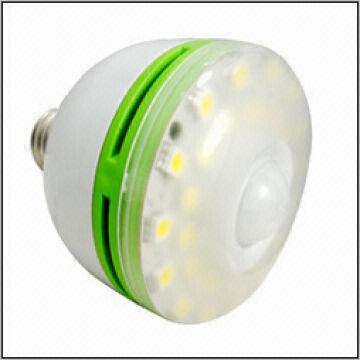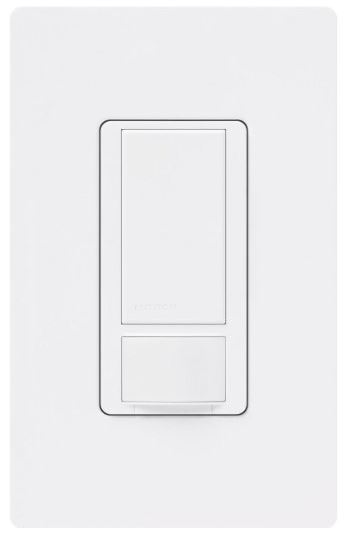Bathroom Light Motion Sensor Switch
Understanding the Benefits of a Bathroom Light Motion Sensor Switch
Let’s start this article with a discussion about the benefits of a bathroom light motion sensor switch.
- Enhanced Safety: A bathroom light motion sensor switch offers enhanced safety by automatically turning on the lights when it detects motion. This eliminates the need to fumble for the light switch in the dark, reducing the risk of accidents and falls.
- Energy Efficiency: One of the key benefits of a bathroom light motion sensor switch is its energy efficiency. Traditional light switches often get left on accidentally, wasting electricity. With a motion sensor switch, the lights only turn on when someone enters the bathroom, saving energy and reducing utility bills.
- Convenience and Accessibility: Installing a bathroom light motion sensor switch adds convenience and accessibility to your bathroom. Whether you have your hands full or are in a rush, the motion sensor switch eliminates the need to manually operate the light switch, making it easier to navigate the bathroom.
- Extended Bulb Lifespan: Motion sensor switches help extend the lifespan of your light bulbs. Since the lights only turn on when someone is present in the bathroom, the bulbs are not constantly being used, reducing their wear and tear and increasing their longevity.
- Customizable Settings: Many bathroom light motion sensor switches come with customizable settings. You can adjust the sensitivity of the motion sensor, the duration the lights stay on after motion is detected, and even set up different modes for different times of the day. This allows you to tailor the switch to your specific needs and preferences.
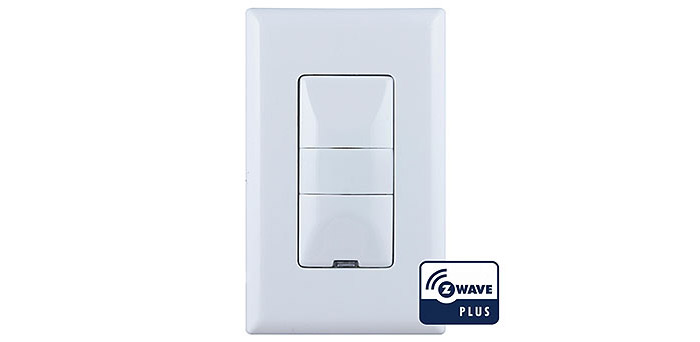
Choosing the Right Motion Sensor Switch for Your Bathroom Lighting
Determine Your Needs: Before purchasing a motion sensor switch for your bathroom lighting, it’s important to determine your specific needs. Consider factors such as the size of your bathroom, the type of lighting fixtures you have, and the desired features of the switch.
Type of Motion Sensor: There are different types of motion sensors available for bathroom light switches, including passive infrared (PIR) sensors and dual-technology sensors. PIR sensors detect the heat emitted by an object, while dual-technology sensors combine PIR technology with another sensing technology, such as ultrasonic or microwave, for improved accuracy.
Compatibility with Lighting Fixtures: Ensure that the motion sensor switch you choose is compatible with your existing lighting fixtures. Some switches may not be suitable for certain types of bulbs or dimmable lights. Check the specifications of the switch and consult with a professional if needed.
Adjustable Settings: Look for a motion sensor switch that offers adjustable settings. This allows you to customize the sensitivity of the sensor, the duration the lights stay on, and other parameters. Having control over these settings ensures that the switch meets your specific requirements.
Quality and Durability: Invest in a high-quality motion sensor switch that is built to last. Look for switches from reputable brands that offer a warranty. Reading customer reviews can also provide valuable insights into the reliability and durability of the switch.
Step-by-Step Installation Guide for a Bathroom Light Motion Sensor Switch
Turn off the Power: Before starting the installation process, turn off the power to the bathroom lighting circuit at the main electrical panel.
Remove the Existing Switch: Carefully remove the existing light switch from the wall using a screwdriver. Disconnect the wires from the switch by unscrewing the terminal screws.
Prepare the Motion Sensor Switch: Follow the manufacturer’s instructions to prepare the motion sensor switch for installation. This may involve attaching wires, adjusting settings, or mounting the switch to a wall plate.
Connect the Wires: Connect the wires from the motion sensor switch to the corresponding wires in the electrical box. Typically, this involves connecting the black wire to the hot wire (usually black), the white wire to the neutral wire (usually white), and the green or bare copper wire to the ground wire (usually green or bare copper).
Secure the Switch: Once the wires are connected, carefully tuck them into the electrical box. Secure the motion sensor switch to the wall plate or electrical box using the provided screws.
Restore Power and Test: Turn the power back on at the main electrical panel. Test the motion sensor switch by entering the bathroom and ensuring that the lights turn on automatically. Adjust the settings as needed to achieve the desired sensitivity and duration.
Maximizing Energy Efficiency with a Bathroom Light Motion Sensor Switch
Choose LED Bulbs: To maximize energy efficiency with a bathroom light motion sensor switch, opt for LED bulbs. LED bulbs are highly energy-efficient and have a longer lifespan compared to traditional incandescent or fluorescent bulbs. They consume less energy while providing bright illumination.
Adjust the Settings: Most motion sensor switches allow you to adjust the duration the lights stay on after motion is detected. Set the switch to the shortest duration necessary to avoid unnecessary energy consumption. Additionally, adjust the sensitivity of the motion sensor to avoid false triggers.
Install Dimmable Lights: Consider installing dimmable lights in your bathroom. Dimmable lights allow you to adjust the brightness according to your needs, saving energy when full illumination is not required.
Utilize Natural Light: Take advantage of natural light during the day by keeping curtains or blinds open. This reduces the need for artificial lighting and further enhances energy efficiency.
Regular Maintenance: Regularly clean the motion sensor switch and the surrounding area to ensure optimal performance. Dust or debris accumulation can interfere with the sensor’s functionality, leading to false triggers or reduced sensitivity.
Troubleshooting Common Issues with Bathroom Light Motion Sensor Switches
Inconsistent or Delayed Lighting: If the lights turn on inconsistently or with a delay, check the sensitivity settings of the motion sensor switch. Adjust the sensitivity to a higher level if necessary. Also, ensure that the sensor is not obstructed by objects or furniture.
False Triggers: If the lights turn on without any motion detected, there may be false triggers. Check for sources of interference, such as air vents, heating or cooling systems, or nearby appliances. Adjust the sensor’s sensitivity or reposition the switch if needed.
Lights Not Turning Off: If the lights do not turn off after leaving the bathroom, check the duration settings of the motion sensor switch. Ensure that the duration is set to an appropriate time frame. If the issue persists, consult a professional electrician.
Dimming or Flickering Lights: Dimming or flickering lights can be caused by incompatible bulbs or a faulty motion sensor switch. Ensure that the bulbs are compatible with dimming features and replace any defective bulbs. If the issue continues, consider replacing the motion sensor switch.
Power Loss: If the motion sensor switch loses power, check the circuit breaker or fuse box to ensure that the switch is receiving power. If the switch is properly connected to the power supply, it may be defective and require replacement.
Enerlites DWHOS-W Humidity/Motion Sensor Switch for Bathroom Fan
The Best Motion Sensor Light Switch in 2021 u2013 MBReviews
How to Install Motion Sensor Light in a Bathroom? u2013 The Home Hacks DIY
The Best Motion Sensor Light Switch in 2021 u2013 MBReviews
Indoor Motion Sensor Light Switch with Adjustable Timer
Bathroom motion sensor light,light sensor switch LED bulb, ceiling
Best Motion Sensor Light Switch Outlets (2021 Updated)
30Min Fan Timer Bathroom Switch and Motion Sensor Light
Related Posts:
- Rustic Bathroom Sconce Lighting
- Bathroom Light Ceiling Fixtures
- Modern Rustic Bathroom Lighting
- Bathroom Lighting For Makeup
- Modern Chrome Bathroom Lighting
- Bathroom Light Fittings Ceiling
- Bathroom Lighting Design Ideas
- Above The Mirror Bathroom Lights
- Elegant Bathroom Lighting
- Small Bathroom Lighting Fixtures
